Finding the right litter box enclosure can feel overwhelming with so many sizes, styles, and features available. A good enclosure hides the litter box, controls odors, provides privacy, and blends with your home decor.
This guide covers the key factors to consider so you can choose an enclosure that works well for both you and your cat.
Why Use a Litter Box Enclosure?
Litter box enclosures offer several practical benefits that improve both your home environment and your cat’s daily routine. They help maintain cleanliness, reduce odor, and provide added security in multi-pet or family homes.
- Hides the litter box: Keeps the box out of sight for a cleaner-looking living space.
- Controls odors: Enclosure walls help contain smells more effectively.
- Adds privacy: Many cats feel more comfortable using an enclosed area.
- Improves safety: Prevents dogs or young children from reaching the litter box.
Factors to Consider When Choosing a Litter Box Enclosure
Turning a litter box into a piece of functional furniture is a great way to maintain a stylish home without sacrificing your cat's comfort.
Before you buy, consider these essential factors to ensure the enclosure fits both your space and your pet's lifestyle.
1. Size and Space
A well-sized enclosure ensures your cat can use the litter box comfortably and without stress.
- Cat Comfort: Your cat should have enough space to enter, turn around, and exit comfortably.
- Large Breeds: If you own a Maine Coon or a Ragdoll, finding the best litter box enclosure for large cats is essential, as they require ample interior height and width to prevent feeling trapped.
- Multi-Cat Needs: If you have multiple cats, a larger enclosure that can accommodate a bigger litter box is advisable.
- Placement: Ensure there is ample room for the enclosure in your chosen spot and that it remains easily accessible for your cat.
2. Style and Design
Litter box enclosures come in a variety of styles, from sleek modern designs to traditional pieces. When selecting a design:
- Decor Matching: Choose a style that complements your home, such as cabinets or benches that act as discreet additions to the room.
- Minimalist Options: For contemporary decor, look for designs that blend seamlessly with sleek lines.
- Dual Functionality: If you have limited space, consider an enclosure that doubles as functional furniture, such as a side table or a bench.
3. Material and Durability
The material is crucial for both durability and daily maintenance. Consider your lifestyle and cleaning preferences:
- Wood/MDF: These tend to be more aesthetically pleasing and match other furniture well, but they may require more maintenance to prevent long-term odor absorption.
- Plastic: Lightweight and easy to clean, plastic enclosures are a practical choice for many cat owners who prioritize hygiene and low maintenance.
4. Ventilation and Odor Control
Good ventilation is essential for reducing odors and keeping the litter box area fresh. Look for the following features:
- Airflow: Ensure the enclosure has sufficient ventilation slots or holes.
- Odor Filters: Some models come with built-in features like carbon filters to help manage smells.
- Cleaning Access: Regular maintenance is key to controlling odor, so ensure the design allows for easy access to scoop and clean the litter box daily.
5. Ease of Assembly and Maintenance
Before making a final decision, review the practicality of the unit:
- Assembly: Check if the unit comes pre-assembled or requires setup. Review the instructions and tools required to ensure you’re comfortable with the process.
- Accessibility: Ensure the enclosure has convenient access points, such as wide doors or removable tops, to facilitate regular cleaning of both the litter box and the enclosure interior.
Which Material is Right for You? A Quick Pros & Cons Guide
| Enclosure Material | Best Suited For... | Major Pros | Potential Cons |
|---|---|---|---|
| Wood / MDF | Living rooms, bedrooms, and traditional decor. |
|
|
| Plastic | Bathrooms, laundry rooms, or high-mess cats. |
|
|
| Metal | Modern/Industrial homes or chewers. |
|
|
3 Popular Types of Litter Box Enclosures
Litter box enclosures now come in many styles that blend easily with home décor. Here are three of the most common options:
1. Cabinet-Style Enclosures
 Furniture-like designs with doors that hide the litter box. Look for sturdy hardware and moisture-resistant finishes. Ideal for living rooms, hallways, or bathrooms.
Furniture-like designs with doors that hide the litter box. Look for sturdy hardware and moisture-resistant finishes. Ideal for living rooms, hallways, or bathrooms.
2. Bench or Ottoman-Style Enclosures
 Serve as seating while concealing the litter box. Great for small spaces or homes that need multifunctional furniture.
Serve as seating while concealing the litter box. Great for small spaces or homes that need multifunctional furniture.
3. Modern and Minimalist Enclosures
 Clean lines and sleek materials like metal or high-gloss finishes. Perfect for contemporary homes looking for a simple, stylish solution.
Clean lines and sleek materials like metal or high-gloss finishes. Perfect for contemporary homes looking for a simple, stylish solution.
Bonus: Enclosure Compatibility for Automatic Litter Box
If you’re considering a self-cleaning litter box, remember that many enclosures don’t provide enough vertical space for the cleaning cycle to operate properly. Always check the interior height before purchasing.
That said, because the Neakasa M1 has a clean, modern look and strong built-in odor control, many owners feel comfortable using it on its own—making a bulky enclosure unnecessary.

- Effortless self-cleaning keeps daily scooping away.
- Open-top design offers comfort, visibility, and easy access.
- Spacious interior supports cats weighing up to 33 lbs.
Tips for Introducing a New Litter Box Enclosure to Your Cat
Transitioning your cat to a new litter box enclosure can take some time. Here are a few tips to make the process smoother:
- Introduce Gradually: Start by placing the new enclosure near the old litter box. Allow your cat to explore it at their own pace before making the switch.
- Use Familiar Scents: Place some of the used litter from the old box into the new one. This helps your cat recognize the new box as their bathroom space.
- Positive Reinforcement: Reward your cat with treats or praise when they use the new enclosure. Positive reinforcement can help them associate the new space with good experiences.
- Monitor Behavior: Keep an eye on your cat’s behavior during the transition. If they seem hesitant or avoid the new enclosure, reassess the setup and make any necessary adjustments.

FAQs for Litter Box Enclosure
Q1. Do cats actually like using litter box enclosures?
A1. Most cats adapt well as long as the space isn’t too tight. More timid cats may prefer an open-top setup for better visibility.
Q2. Will a litter box enclosure trap bad odors?
A2. Yes—poor ventilation can cause odor buildup. Choose a design with good airflow or consider a self-cleaning unit to help control smells.
Q3. How do I ensure my litter box fits inside?
A3. Measure both the width and height of the enclosure, especially for automatic boxes that need extra overhead clearance.
Q4. Is wood or plastic better for an enclosure?
A4. Wood blends well with home décor but needs moisture protection. Plastic is waterproof and easy to clean, though less decorative.
Conclusion
Choosing the right litter box enclosure comes down to your cat’s needs, your home’s style, and how much maintenance you prefer. From cabinet and bench designs to modern minimalist options, there’s a solution for every space and budget. A good enclosure keeps the litter area private and odor-controlled while blending into your décor.
Introduce the enclosure gradually and keep it clean to ensure your cat feels comfortable. With the right setup, both you and your cat can enjoy a cleaner, more stylish living space.


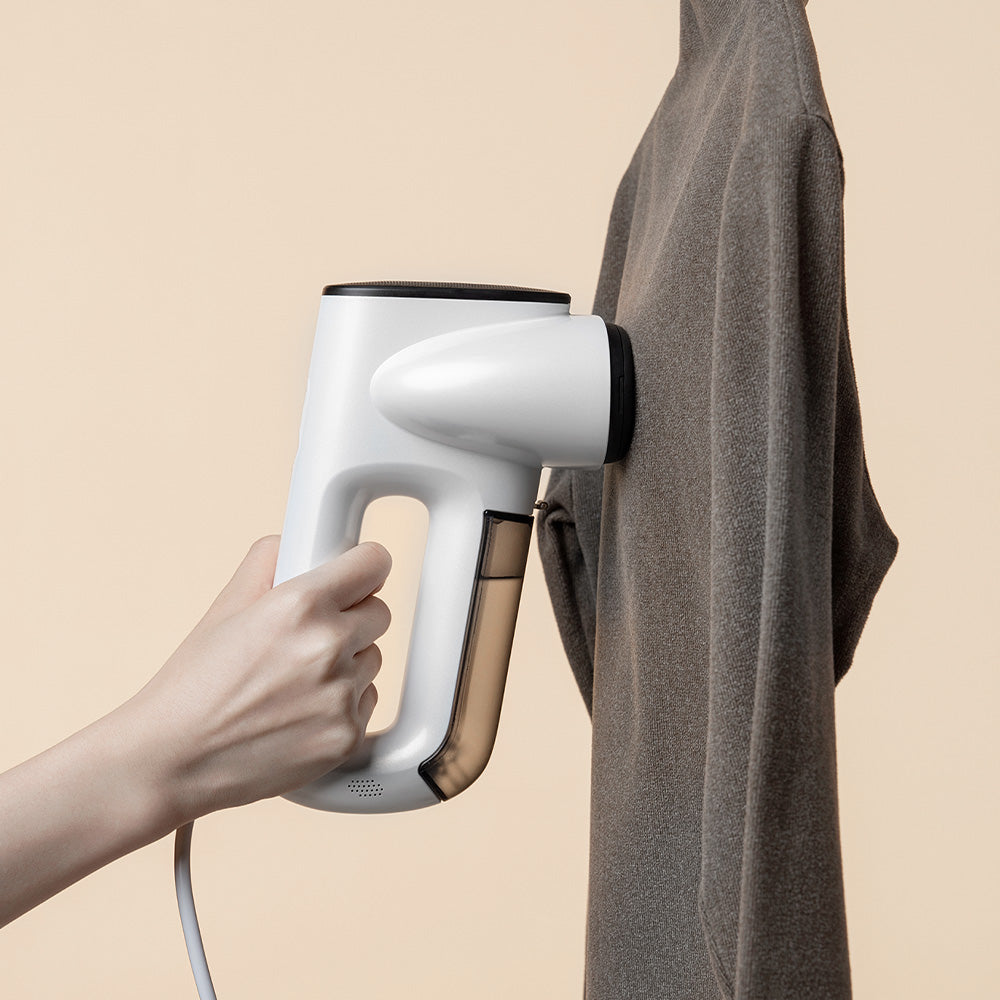
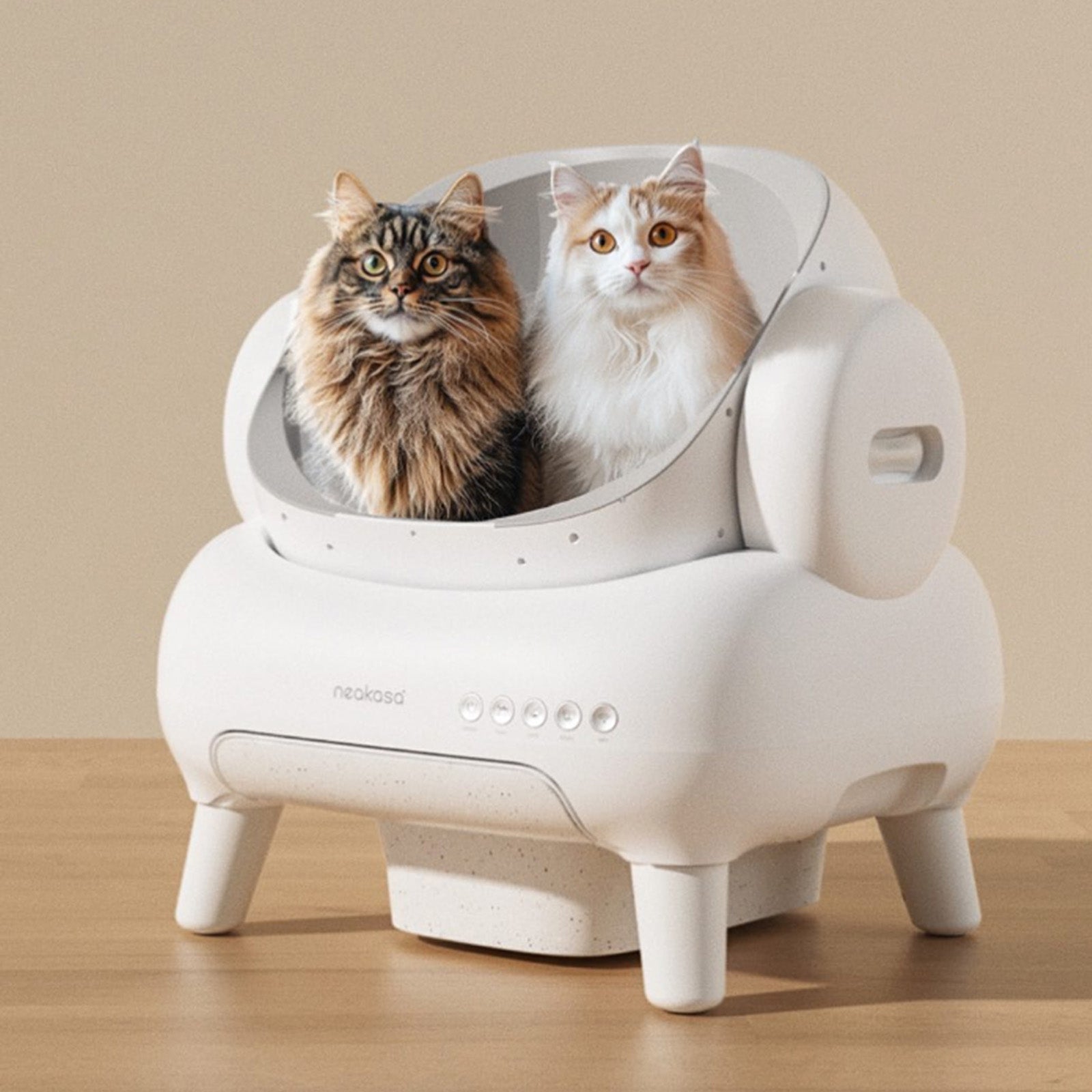
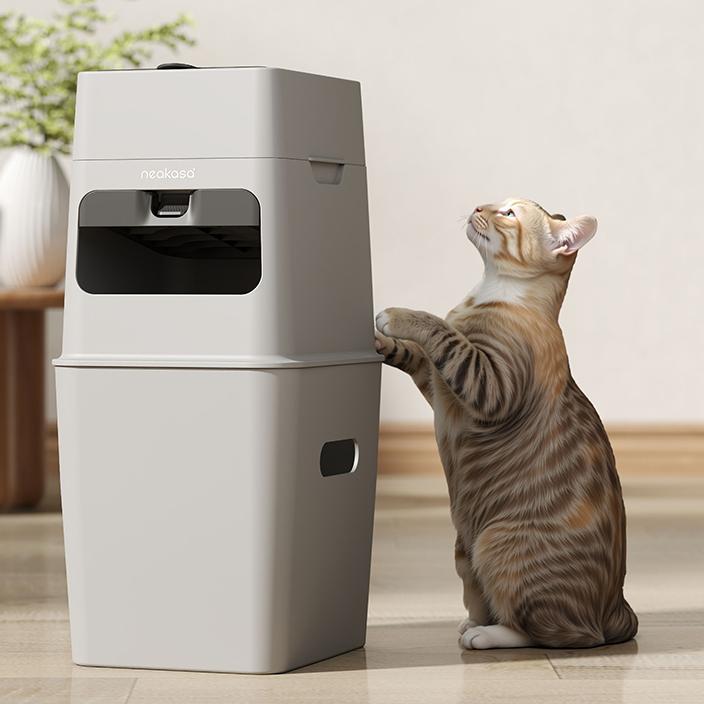


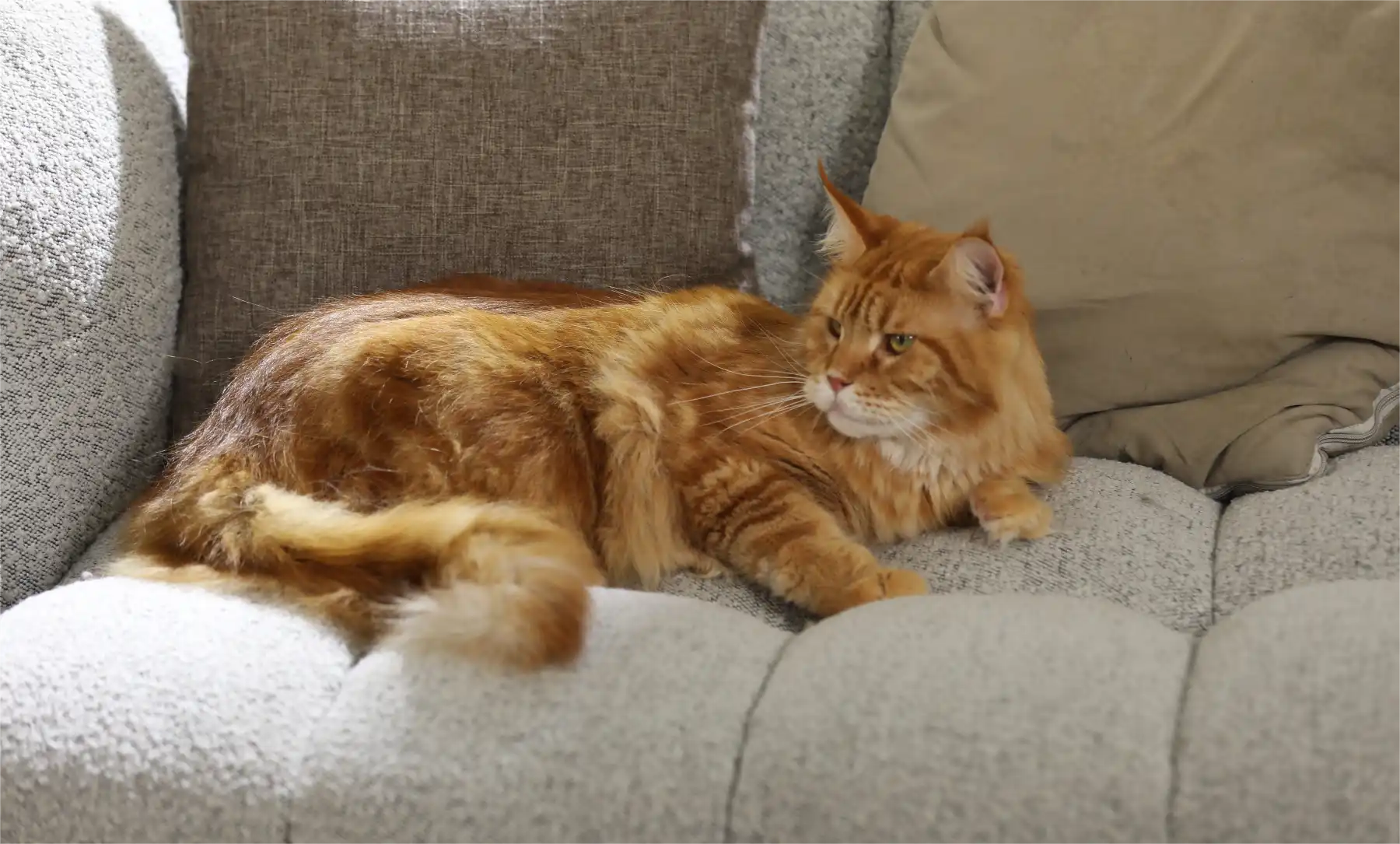
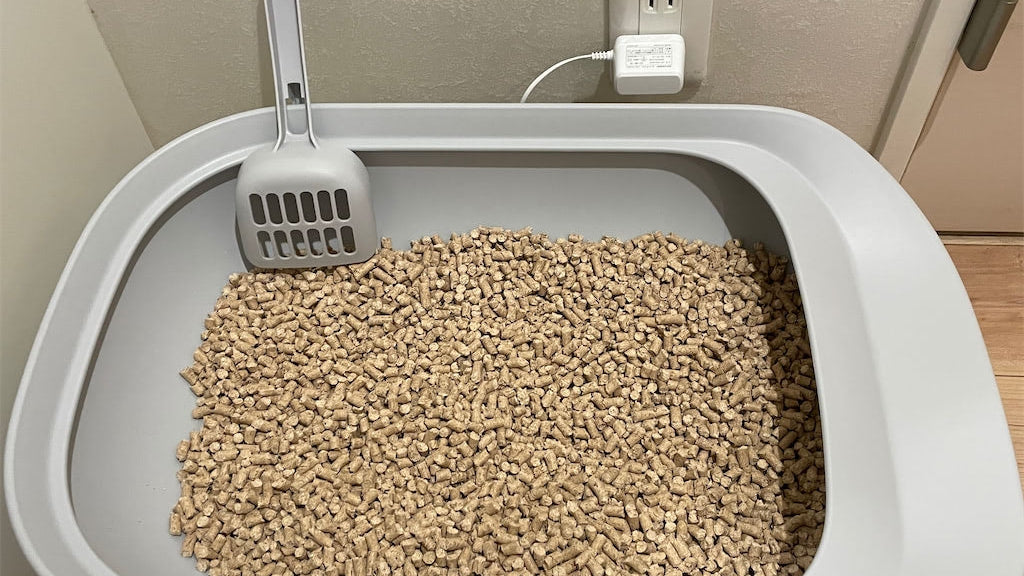
Leave a comment
This site is protected by hCaptcha and the hCaptcha Privacy Policy and Terms of Service apply.